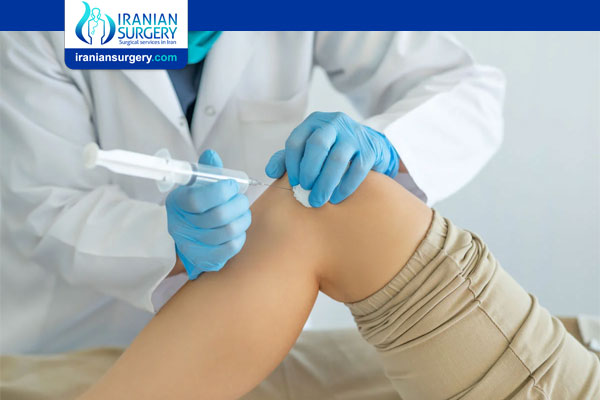Cortisone Shots
What are Cortisone Shots?
A cortisone shot is an injection of medicine that relieves pain and reduces inflammation (swelling).
Cortisone shots are a type of corticosteroid. Corticosteroids are manufactured drugs that closely resemble cortisol, a hormone your adrenal glands produce naturally. Healthcare providers sometimes refer to corticosteroids by the shortened term “steroids.” They’re different than the anabolic steroids some athletes use to gain an unfair competitive advantage.
Providers usually use cortisone shots to treat inflammation in your joints, including your:
. Shoulders.
. Spine.
. Hands.
. Hips.
. Knees.
. Feet.
Your provider might also use cortisone shots to treat inflammation in your tendons or bursae — the plural form of bursa (fluid-filled sacs that cushion spaces around and between your joints, tendons and bones).
Before Cortisone Shots
Which conditions are treated with cortisone shots?
A healthcare provider might treat any condition that causes pain and inflammation with a cortisone shot, including:
. Autoimmune disorders.
. Arthritis.
. Tendinitis.
. Tendinopathy.
. Bursitis.
. Carpal tunnel syndrome.
. Tennis elbow.
. Trigger finger and trigger thumb.
Risks / Benefits
What are the benefits of cortisone shots?
Cortisone shots are a safe, effective way to relieve pain and inflammation. They can also protect your joints from damage caused by chronic inflammation. Inflammation puts extra pressure on the bones and tissue in your joints. Over time, that pressure can damage your joints.
That’s why even though there’s no cure for arthritis, anti-inflammatory treatments like cortisone shots can help your provider manage your symptoms.
What are cortisone shot side effects?
The most common side effects of cortisone shots include:
. Pain at the injection site.
. A temporary increase in swelling.
. Bruising.
. Temporarily increased blood sugar levels. People with diabetes should check their blood sugar level more often for around five days after a cortisone shot.
. Discoloration or redness on your skin at the injection site.
. Skin lightening or looking paler near the injection site.
It’s rare for cortisone shots to cause severe side effects, but they can include:
. Infections at the injection site.
. Osteoporosis.
. High blood pressure.
. Fluid retention and increased swelling.
During Cortisone Shots
Procedure Details
How do cortisone shots work?
Doctors give cortisone shots during an office visit directly into the area or joint involved, or sometimes just into a large muscle to get it into the bloodstream. In other parts of the body, the injection often includes a local anesthetic (pain reliever) to start easing pain immediately. In these cases, cortisone is typically injected into three areas:
. Joints.
. Tendons.
. Bursae (fluid-filled sacs that act as cushions between joints, tendons and bones).
After Cortisone Shots
Recovery and Outlook
How long after a cortisone shot will I feel relief?
How long it takes for a cortisone shot to work varies from person to person. Your symptoms like pain and inflammation might not get better immediately. It can take up to a week for a cortisone shot to take effect. Talk to your provider if it’s been more than 10 days and you don’t feel better.
How often can you get a cortisone shot?
You might only need one cortisone shot to relieve pain and inflammation, especially if you’re recovering from a temporary injury. If you have a chronic (long-term) condition, you might need more cortisone shots in the future.
Your provider will tell you when it’s safe to receive another dose of cortisone. You’ll probably need to wait at least three months between rounds of cortisone shots. Most people shouldn’t have more than three cortisone shots in a year.
How long does a cortisone shot last?
Everyone’s body responds differently to a cortisone shot. It usually lasts somewhere between a few weeks and a few months. If you’re experiencing inflammation after an injury, the cortisone shot should be effective long enough for your body to heal fully.
If you experience chronic inflammation, you might notice your symptoms returning gradually over time. Talk to your healthcare provider if you notice new or worsening inflammation.
When to call the doctor
When should I call my healthcare provider?
Talk to your provider if you’re still experiencing pain and inflammation more than 10 days after a cortisone shot. Let your provider know if your symptoms start to return a few months after your first cortisone shot.
Visit your healthcare provider if you experience any of the following symptoms after a cortisone shot:
. Intense pain.
. Fever.
. Swelling that’s getting worse.
Source:
. https://my.clevelandclinic.org/health/treatments/17759-cortisone-shots

